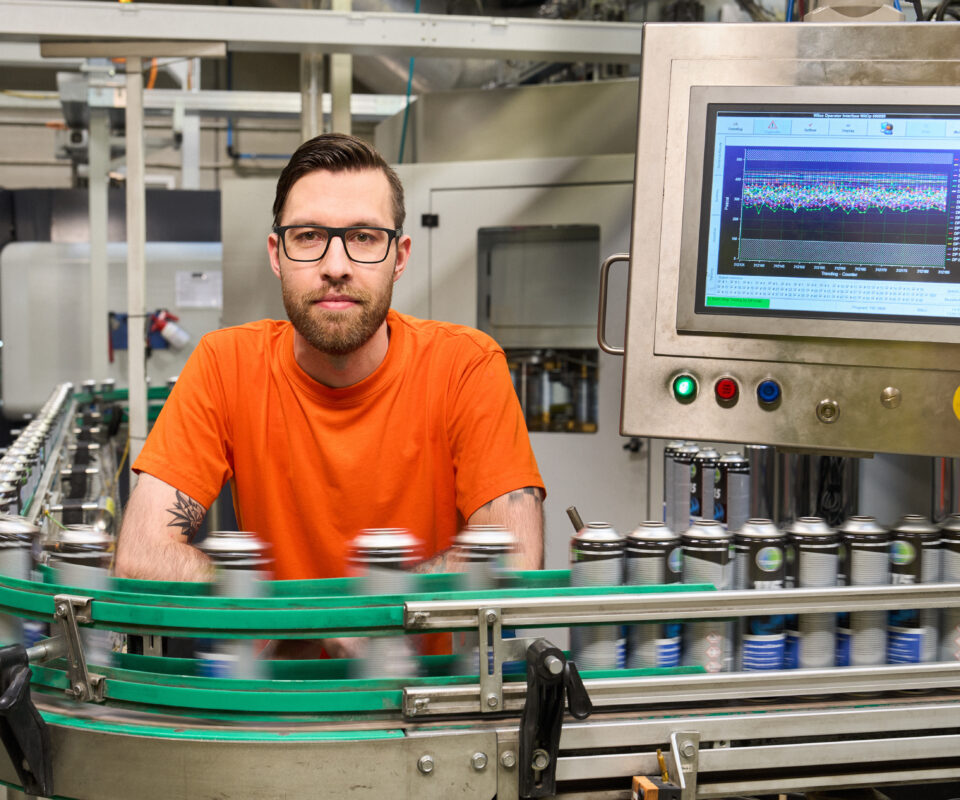Aerosol containers
What we do?
Aerosol containers
Aerosol containers
Aerosol packaging is quickly gaining popularity and is used in various industries.
Aerosol container can be used to package chemicals, cosmetics, food, pesticides, cleaning agents and many other products.
Various sizes
Metaprint’s selection of products includes aerosol containers in various diameters and sizes. We produce necked-in and straight-side aerosol containers in diameters of 52 mm, 57 mm or 65 mm, from 100 ml to 1,000 ml.

Additional possibilities
